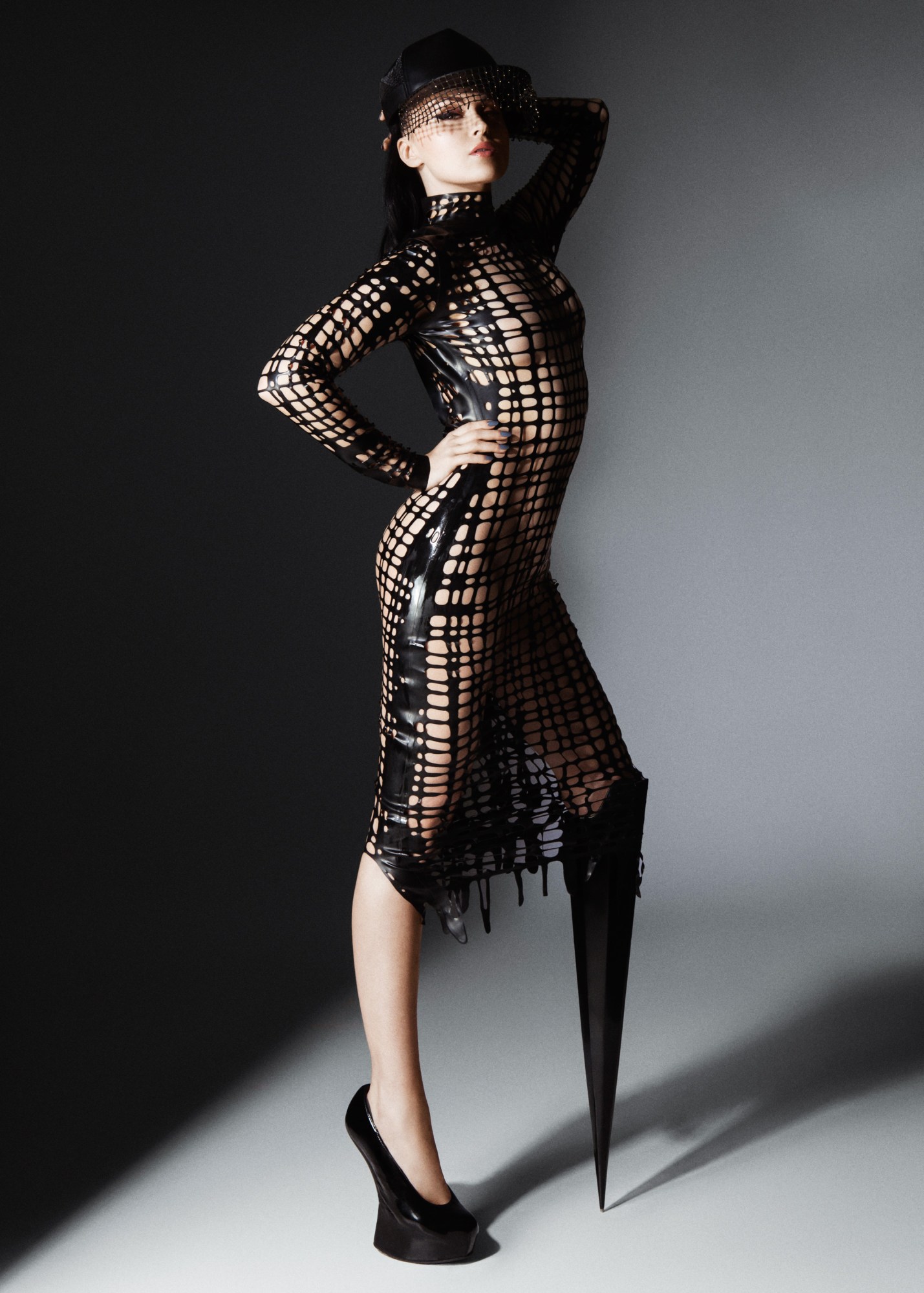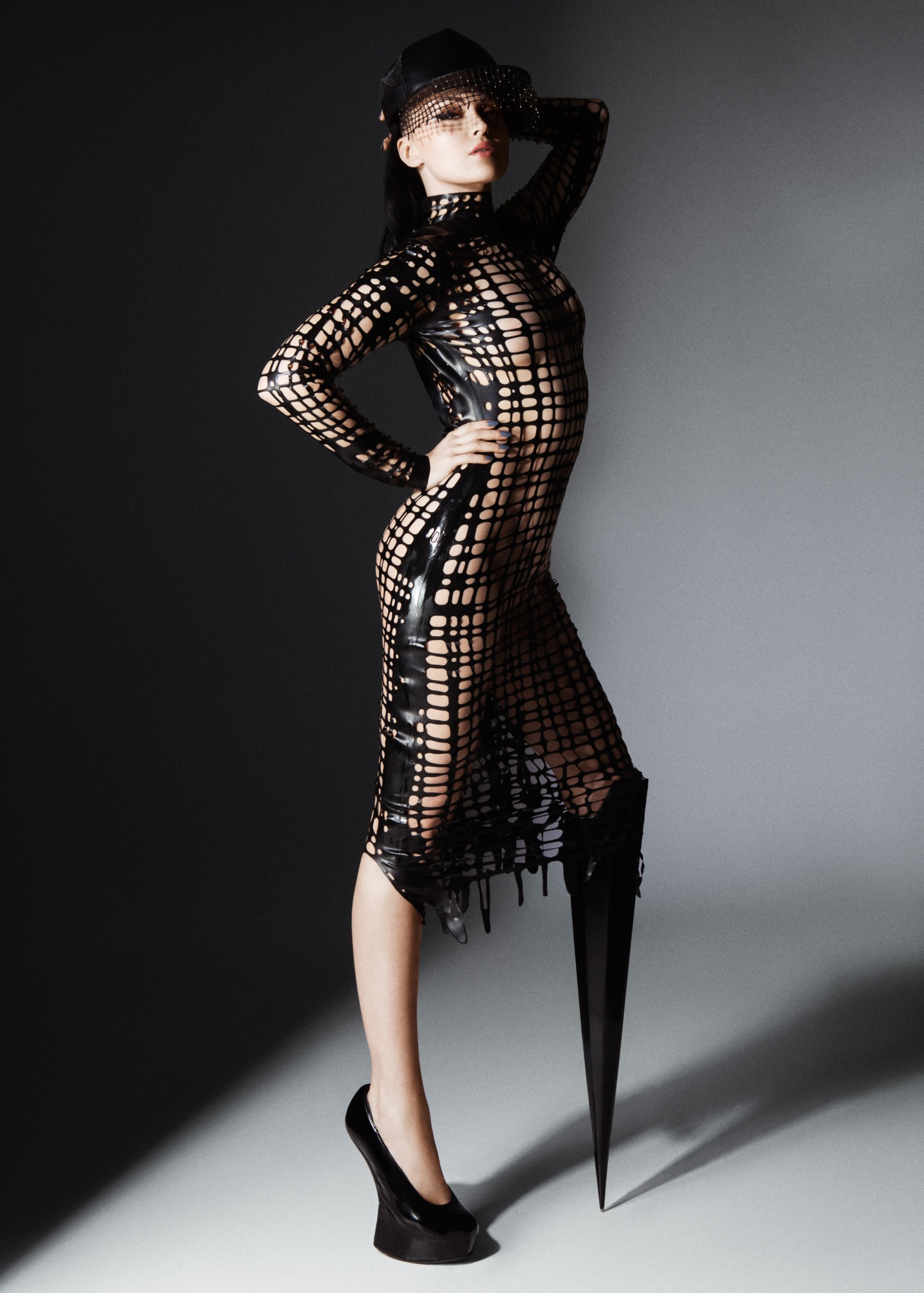
These prosthetics break the mold with third thumbs, spikes, and superhero skins
Today, prosthetics users can get fitted with far more high-tech solutions, like myoelectric devices—motorized limbs that convert electric signals from muscles in a residual limb into movement. But many people choose to forgo these complex robot-like limbs in favor of more specialized devices like Amar’s, such as athletic blade legs or body-powered “activity arms” with a swappable end. “I have one of those, which I mostly use for working out,” says Britt H. Young, a tech writer and PhD candidate at the University of California, Berkeley. “In many ways, people who use those have greater satisfaction.”
For a long time, one assumption underlying the development of medical devices was that a prosthetic that lines up with the brain’s expectations would be inherently easier to operate (or, in research terms, “embody”). “When we think about embodiment, we think about something that is close to our body template,” says Tamar Makin, a professor of cognitive neuroscience at the University of Cambridge who works closely with Clode to investigate how the brain adjusts to interfacing with artificial limbs. Makin’s research confirms what prosthetics users have long intuited: our brains are actually very flexible in their ability to adapt to new limbs.
Prosthetics appear to occupy a space between “object” and “self.” In a 2020 paper published in PLOS Biology, Makin’s lab scanned the brains of prosthetics users and non–prosthetics users in an fMRI machine to see how particular areas in the brain respond to the presence of an artificial limb. The researchers initially expected to see similar patterns whether people used an artificial arm, a flesh-and-blood hand, or a tool for daily tasks. But this was not the case.
“Prosthetics were not represented like hands,” says Makin, “but they were also not represented like tools.” Instead, they seemed to trigger a unique neural signature—neither hand nor tool but a previously unknown thing. These patterns were consistent across different users, suggesting that most people can readily adapt to a wide variety of artificial-limb configurations, provided the device remains useful in their daily lives.
Lower-body prosthetics that don’t look like conventional limbs are slowly gaining broader cultural acceptance, especially in the sports arena, where high-profile athletes like Aimée Mullins and Blake Leeper have helped catapult running blades into the spotlight. But people missing an upper limb still face social pressure to wear a high-tech, five-fingered bionic device, whether or not it’s a good fit.
Jason Barnes wanted an upper-limb prosthetic of a very different kind. Barnes, a music producer and musician in Atlanta, grew up with a passion for drums. But in 2012, a work accident sent 22,000 volts of electricity surging through his right arm, and the limb was amputated below the elbow.
A few weeks after he got home from the hospital, he taped a drumstick to the end of his bandages and began relearning how to play. It wasn’t long before he started building his own prosthetic arm from scratch with a drumstick built in. “That was a lot of trial and error, because I had no idea what I was doing,” he says. He ultimately found an approach that worked—a drumstick arm rigged with counterweights that he could manipulate using his shoulder and elbow, not dissimilar from Jules Amar’s designs. Not long after, he enrolled in the percussion program at the Atlanta Institute of Music and Media.
But Barnes was still occasionally frustrated. In order to play in different styles—switching, for example, between complex jazz and swing rhythms—he had to stop to tighten or loosen his prosthetic. He wanted more seamless control.

